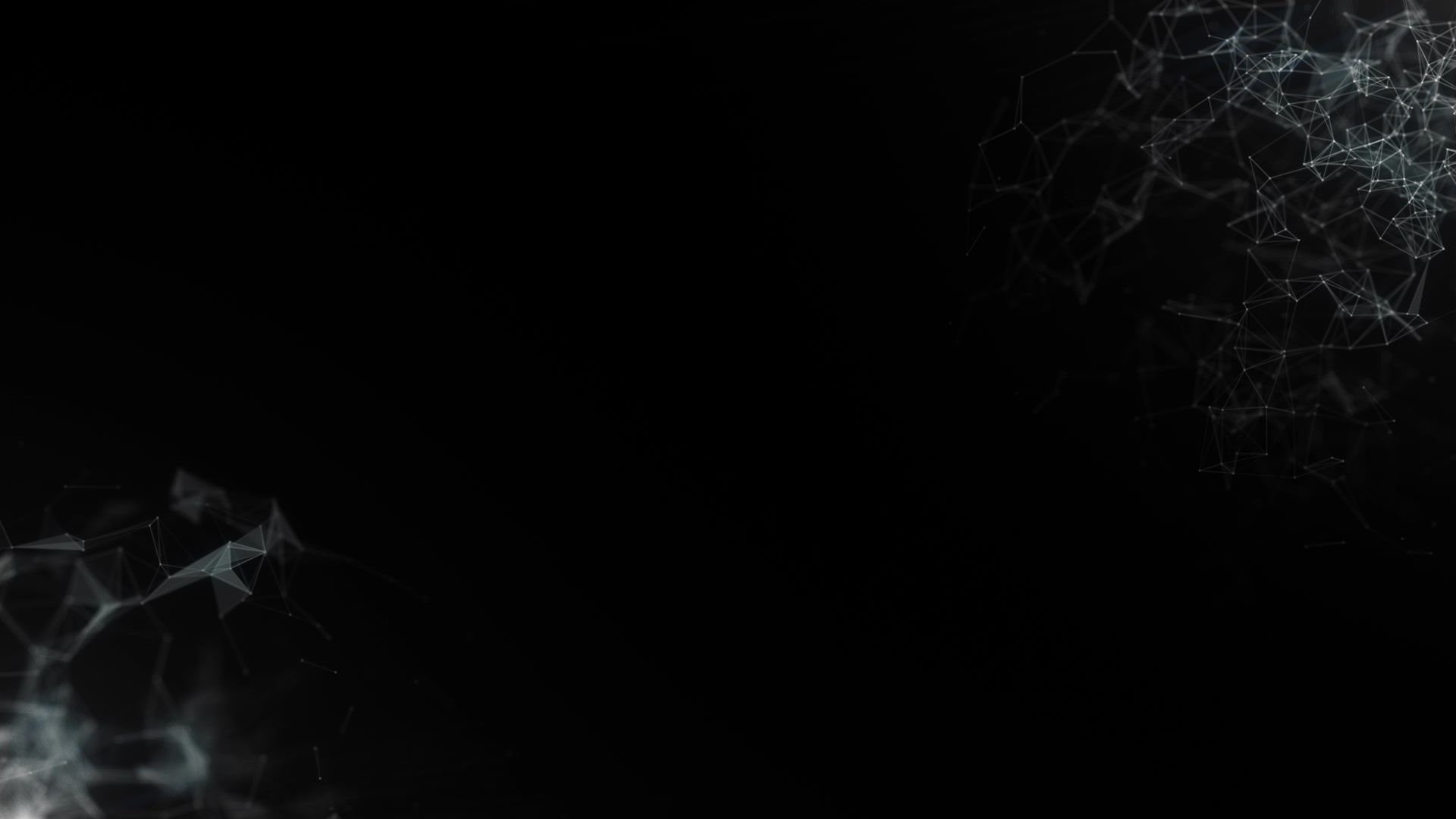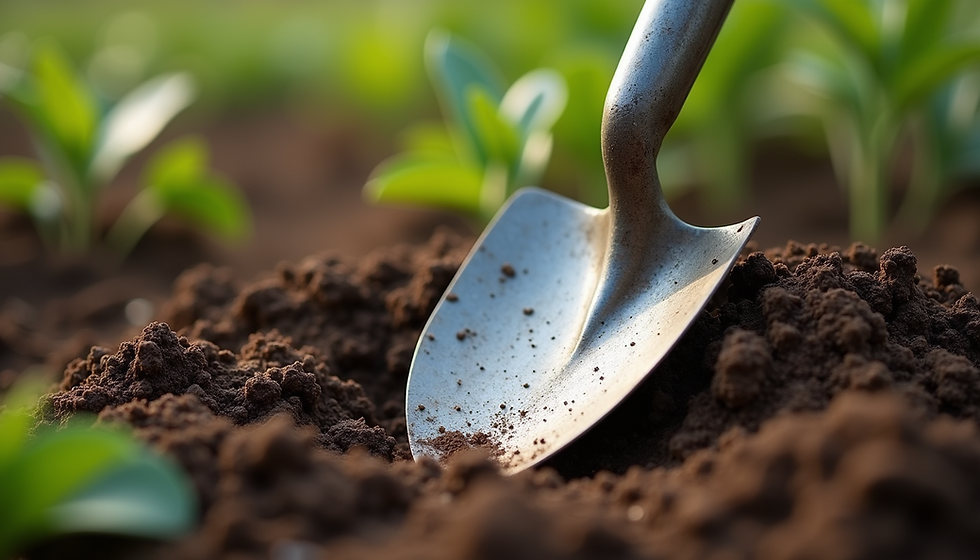Step-by-Step Guide to Installing Artificial Grass
- Taylor

- Sep 22
- 3 min read
Artificial grass has become a popular choice for many properties due to its low maintenance and year-round green appearance. Whether you are considering it for a residential lawn, a commercial space, or a strata property, understanding the installation process is essential. This guide will walk you through the key steps involved in an artificial grass setup, ensuring a durable and attractive finish.
Understanding Artificial Grass Setup
Before beginning the installation, it is important to familiarize yourself with the components and tools required. Artificial grass typically consists of synthetic fibers designed to look like natural grass. The setup involves preparing the base, laying the turf, and securing it properly.
The materials needed include:
Artificial grass rolls
Crushed rock or gravel for the base
Weed barrier fabric
Joining tape and adhesive
Landscape staples or nails
A compactor or roller
Utility knife and measuring tape
Having these items ready will streamline the process and reduce interruptions.

Preparing for Artificial Grass Setup
Preparation is a critical phase that affects the longevity and appearance of the artificial grass. The area must be cleared of existing vegetation, debris, and any obstacles. This ensures a smooth surface and prevents future issues such as weed growth or uneven turf.
Steps to prepare the site include:
Clear the area: Remove grass, roots, stones, and other debris.
Level the ground: Use a rake or shovel to create a flat surface.
Install a weed barrier: Lay down a permeable fabric to prevent weed growth.
Add a base layer: Spread crushed rock or gravel evenly to promote drainage and stability.
Compact the base: Use a compactor or roller to create a firm foundation.
Proper preparation will help the artificial grass maintain its shape and appearance over time.

How do you prepare ground for fake grass?
Preparing the ground for fake grass involves several detailed steps to ensure the surface is suitable for the turf. The goal is to create a stable, well-drained base that supports the artificial grass without shifting or sinking.
Excavation: Remove the topsoil to a depth of approximately 75mm to 100mm. This depth allows room for the base material and the turf.
Sub-base installation: Lay a layer of crushed rock or decomposed granite. This layer should be about 50mm to 75mm thick.
Compaction: Compact the sub-base thoroughly using a plate compactor. This step is crucial to prevent future settling.
Slope adjustment: Ensure the ground slopes away from buildings to avoid water pooling.
Weed membrane: Place a high-quality weed barrier fabric over the compacted base to inhibit weed growth.
Following these steps carefully will result in a firm and even surface, ideal for the artificial grass installation.

Laying and Securing the Artificial Grass
Once the base is prepared, the next step is to lay the artificial grass. This process requires precision to avoid wrinkles and seams that are visible.
Roll out the turf: Unroll the artificial grass over the prepared area. Allow it to settle for a few hours to reduce wrinkles.
Cut to fit: Use a utility knife to trim the edges to fit the space precisely.
Join seams: If multiple rolls are used, join them with tape and adhesive designed for artificial turf.
Secure the edges: Use landscape staples or nails around the perimeter to hold the turf in place.
Add infill: Spread silica sand or rubber granules evenly over the turf to weigh it down and support the fibers.
Attention to detail during this phase ensures a natural look and prevents the turf from shifting.
Maintenance Tips for Long-Lasting Artificial Grass
Artificial grass requires minimal maintenance compared to natural lawns, but some care is necessary to keep it looking its best.
Regular cleaning: Remove leaves, dirt, and debris with a leaf blower or broom.
Rinse occasionally: Use a garden hose to wash away dust and pet waste.
Brush the fibers: Use a stiff broom to lift flattened grass blades and maintain a natural appearance.
Check for damage: Inspect seams and edges periodically and repair as needed.
Prevent weed growth: Apply weed killer around the edges if necessary.
Following these maintenance tips will extend the life of your artificial grass and keep it looking fresh.
Final Thoughts on Artificial Grass Setup
The process of installing artificial grass involves careful planning, preparation, and execution. By following the steps outlined in this guide, a durable and attractive artificial lawn can be achieved. Whether for a small residential yard or a large commercial project, the right approach ensures satisfaction and value.
For those seeking professional assistance, companies like The Golden Shovel Landscape Ltd. offer expert services in artificial grass setup and landscaping across British Columbia. Their experience and commitment to quality make them a reliable choice for any project.
Taking the time to understand and implement these steps will result in a successful artificial grass installation that meets both aesthetic and functional needs.










Comments